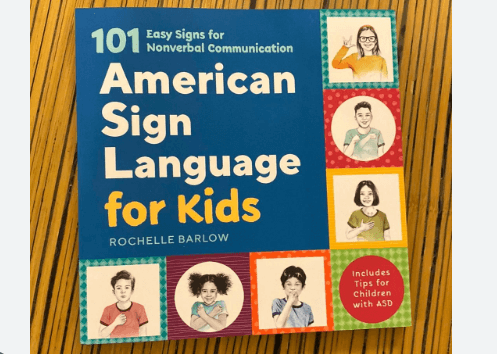Memory

- File photo | Credit Allen StaffordOpens in new window
The Canon of Memory: Key Features Explained
Memory, the fourth canon of the Five Canons of RhetoricOpens in new window, would appear to be concerned solely with memory aids that would assist a budding orator in committing a text to his memory; but it also has to do with more than simply learning how to memorize an already composed speech for re-presentation.
Memory, infact, has had to do with much more than just memorization. It was a requisite for becoming peritus dicendi, well-versed in speaking, something only possible if one had a vast repertoire of information on hand to be brought forth appropriately and effectively given the circumstances and the audience.
The author of the rhetorical manual ‘Ad HerenniumOpens in new window’ calls memory the “treasury of things invented,” thus linking Memory with Invention, the first canon of rhetoric. This coincides with the practice of storing up commonplaces or other material arrived at through the topics of invention for use as called for in a given occasion.
Examples of Memory
- A political candidate rehearses her speech so that she doesn’t need to use a teleprompter or script. She is able to make eye contact with the audience and more effectively use body language.
- A student memorizes his paper (or at least the major points of it) so that he can deliver it at an academic conference without reading off the paper itself.
- A defense attorney memorizes the key points of her closing argument so that she can more effectively interact with the jurors.
These examples have been adapted for use here, courtesy of University of Arkansas, Sam M Walton, College of Business.
The canon of memory also suggests that one considers the psychological aspects of preparing to communicate the performance of communicating itself, especially in an oral or impromptu setting. Typically, Memory has to do only with the orator, but invites consideration of how the audience will retain things in mind.
To this end, certain figures of speech Opens in new window are available to help the memory, including the uses of vivid description (eckphrasis)Opens in new window and enumerationOpens in new window.
Along with DeliveryOpens in new window, Memory has often been excluded from rhetoric. However, it was a vital component in the training of orators in antiquity.
























